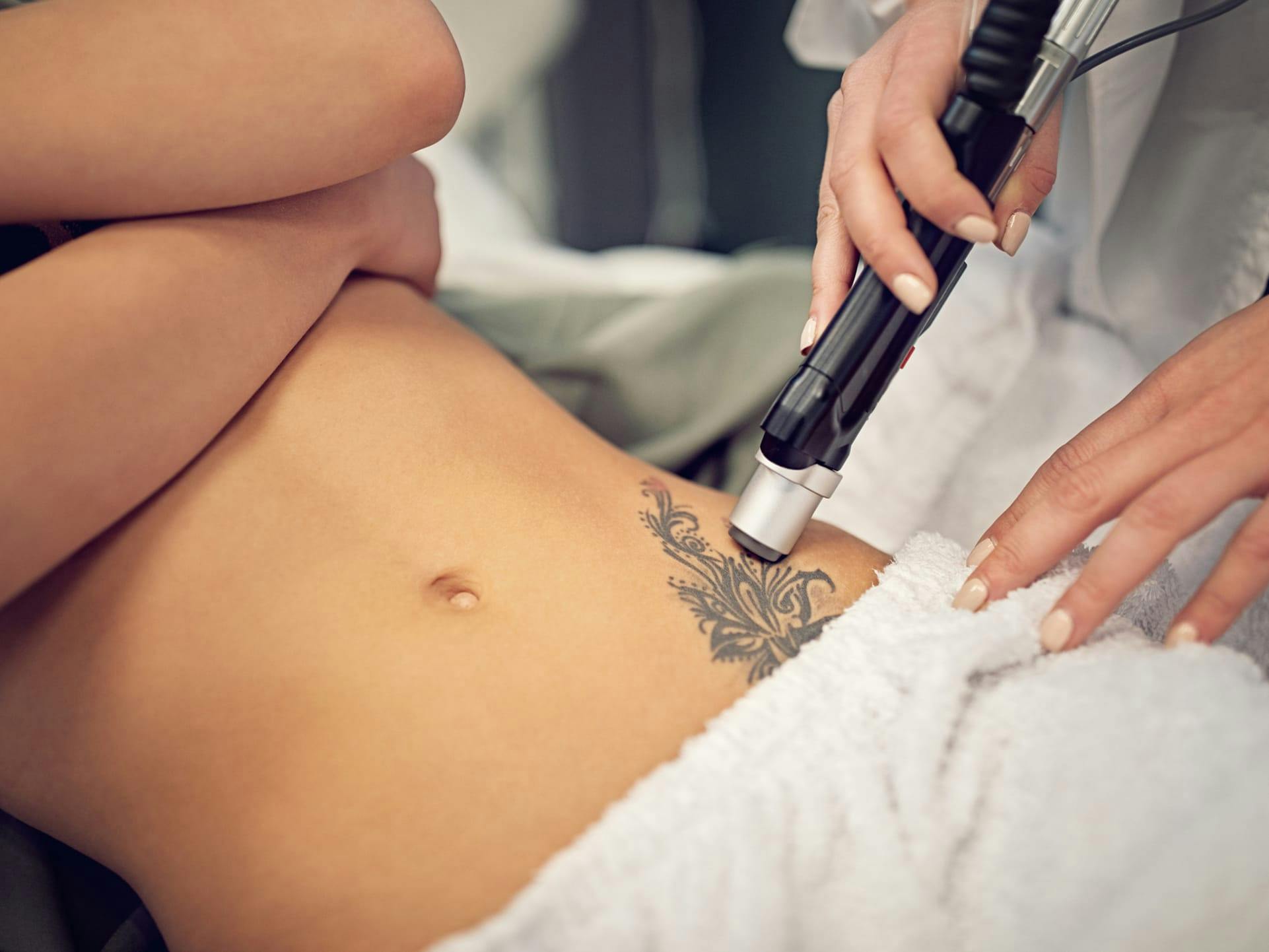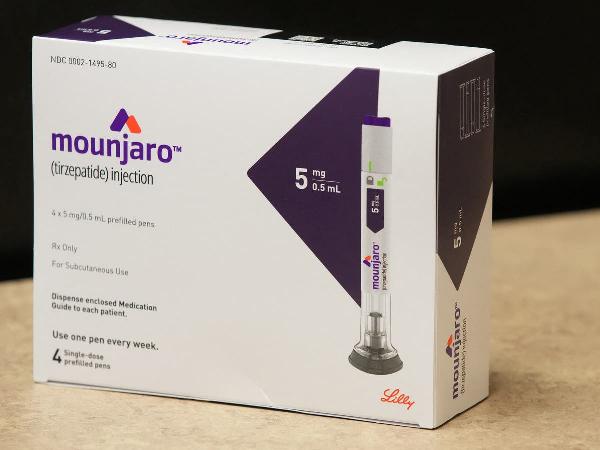Laser Tattoo Removal Risks What to Be Aware Of

Strong 8k brings an ultra-HD IPTV experience to your living room and your pocket.
Tattoo removal is becoming increasingly popular as more individuals seek to remove unwanted tattoos for personal, professional, or aesthetic reasons. Laser Tattoo Removal in Dubai, specifically, has gained traction as a go-to method due to its effectiveness in breaking down ink particles in the skin without causing extensive damage to surrounding tissues. However, while it is generally regarded as a safe and effective method, it’s essential to understand the potential risks and considerations involved.
In cities like Dubai, where the demand for cosmetic procedures is high, laser tattoo removal is offered by many clinics with advanced technology and experienced practitioners. But before committing to the procedure, it’s crucial to be aware of the associated risks and to make informed choices for the best outcomes.
How Laser Tattoo Removal Works
Laser tattoo removal uses highly focused laser energy to target and shatter ink particles embedded within the skin. The laser produces pulses of light at specific wavelengths that are absorbed by the ink particles, breaking them into smaller fragments. Over time, the body's immune system helps to clear these fragments from the skin, gradually fading the tattoo.
Most clinics use Q-switched lasers for tattoo removal, as they deliver short, powerful pulses of energy capable of breaking down even the most stubborn inks. This process typically requires multiple sessions, spaced out over weeks or months, depending on factors like tattoo color, age, size, and ink type.
Common Risks of Laser Tattoo Removal
Skin Irritation and Discomfort
Laser tattoo removal can cause temporary side effects, including redness, swelling, and discomfort at the treatment site. This irritation generally subsides within a few days, but for those with sensitive skin, the sensation may linger longer. Patients might experience a feeling similar to a sunburn immediately following the procedure.
Scarring and Texture Changes
One of the primary concerns with laser tattoo removal is the potential for scarring. Improper technique, particularly from inexperienced practitioners, or not following aftercare instructions can lead to permanent scarring. Hypertrophic and keloid scars, which appear as raised areas, are possible outcomes if the skin does not heal properly.
Changes in skin texture are also possible, especially for larger tattoos that require multiple sessions. Skin in the treated area may feel slightly rougher or more delicate, but this generally improves with time and proper care.
Hyperpigmentation and Hypopigmentation
Laser treatments can impact the pigmentation of the skin. Hyperpigmentation, a darkening of the skin, can occur, particularly in individuals with darker skin tones, as the melanin absorbs the laser light. Conversely, hypopigmentation, or lightening of the skin, can also happen. Both conditions can be temporary, although in some cases, pigment changes may last several months or even become permanent.
In Dubai, where people from diverse ethnic backgrounds seek tattoo removal, it’s essential for clinics to assess skin types accurately and use appropriate laser settings to minimize the risk of pigmentation changes.
Infection Risks
Any procedure that disrupts the skin’s surface can introduce the risk of infection. Though laser tattoo removal does not involve incisions, it can still create minor wounds, which, if not cared for properly, may become infected. Signs of infection include increased redness, swelling, pus, or a foul odor. It’s crucial to follow aftercare guidelines strictly and keep the area clean to avoid this risk.
Allergic Reactions to Ink
Some individuals may experience allergic reactions to certain tattoo inks, especially those containing metallic components. The laser treatment can exacerbate these reactions, leading to symptoms like itching, swelling, or hives around the tattoo area. For those with a history of allergic reactions, it’s recommended to discuss this with the practitioner beforehand.
Incomplete Tattoo Removal
Not all tattoos can be fully removed. Some inks, particularly light-colored or UV-reactive inks, are challenging to break down with standard lasers. Additionally, older tattoos or those created by amateur artists may be less responsive to laser treatment. It’s important to have realistic expectations and understand that the outcome can vary based on the tattoo's specifics and skin type.
Factors That Influence Risks in Laser Tattoo Removal
Skin Type and Pigmentation
Individuals with darker skin tones may be more susceptible to pigmentation changes. The laser can affect the melanin in the skin, increasing the risk of both hyperpigmentation and hypopigmentation. It’s crucial to choose a clinic that can tailor the laser settings to different skin types and perform patch tests if needed to ensure safety.
Tattoo Age and Ink Composition
Older tattoos and those with certain ink compositions are often easier to remove as the ink particles have already started breaking down. However, newer tattoos or those with certain colors, like green, blue, and fluorescent shades, may require more sessions, increasing the exposure to laser treatment and, potentially, associated risks.
Practitioner Expertise
The skill and experience of the practitioner play a critical role in minimizing risks. In Dubai, many reputable clinics employ certified and experienced professionals who are knowledgeable about the latest technology and techniques for laser tattoo removal. Selecting a clinic with a good reputation and qualified practitioners is essential to ensure safe and effective treatment.
Reducing Risks: Precautions and Aftercare
Choosing a Qualified Practitioner
The choice of practitioner significantly affects the success and safety of the procedure. Look for clinics that specialize in laser tattoo removal, use state-of-the-art equipment, and have practitioners trained in dermatology or cosmetic procedures. In Dubai, researching reviews and seeking recommendations from trusted sources can help in finding a reliable clinic.
Following Aftercare Instructions
After each session, the treated area needs proper care to reduce the risks of side effects. Essential aftercare tips include:
Keep the Area Clean: Gently cleanse the area with a mild soap to prevent infection.
Avoid Sun Exposure: The treated skin is sensitive to UV rays, which can worsen pigmentation changes. Applying sunscreen or keeping the area covered can prevent unwanted darkening.
Use Cooling Compresses: Applying a cold compress can help reduce swelling and discomfort.
Avoid Scratching: Itchiness is common during the healing process, but scratching or picking can lead to scarring or infection.
Considering Your Skin’s Condition and Health
Consulting with a dermatologist is advisable, especially if you have pre-existing skin conditions like eczema, psoriasis, or a history of keloid scarring. Discussing your medical history and any skin sensitivities will help the practitioner tailor the treatment to your needs, ensuring minimal risks.
Benefits of Tattoo Removal in Dubai
Dubai has become a hub for cosmetic treatments, attracting highly skilled practitioners and advanced equipment in the field of laser tattoo removal. Many clinics in Dubai use the latest Q-switched and picosecond lasers, which are known for their precision and reduced side effects. Additionally, Dubai’s strict regulations around medical and cosmetic procedures help ensure that the clinics adhere to high safety and hygiene standards.
Final Thoughts: Balancing Risks and Expectations
Laser tattoo removal is a generally safe and effective way to remove unwanted tattoos, but it’s not without risks. Understanding the potential side effects, including skin irritation, scarring, pigmentation changes, and infection, is crucial for anyone considering the procedure. By choosing a reputable clinic in Dubai, following aftercare instructions, and consulting with qualified professionals, individuals can significantly reduce these risks and improve their chances of successful outcomes.
Note: IndiBlogHub features both user-submitted and editorial content. We do not verify third-party contributions. Read our Disclaimer and Privacy Policyfor details.







